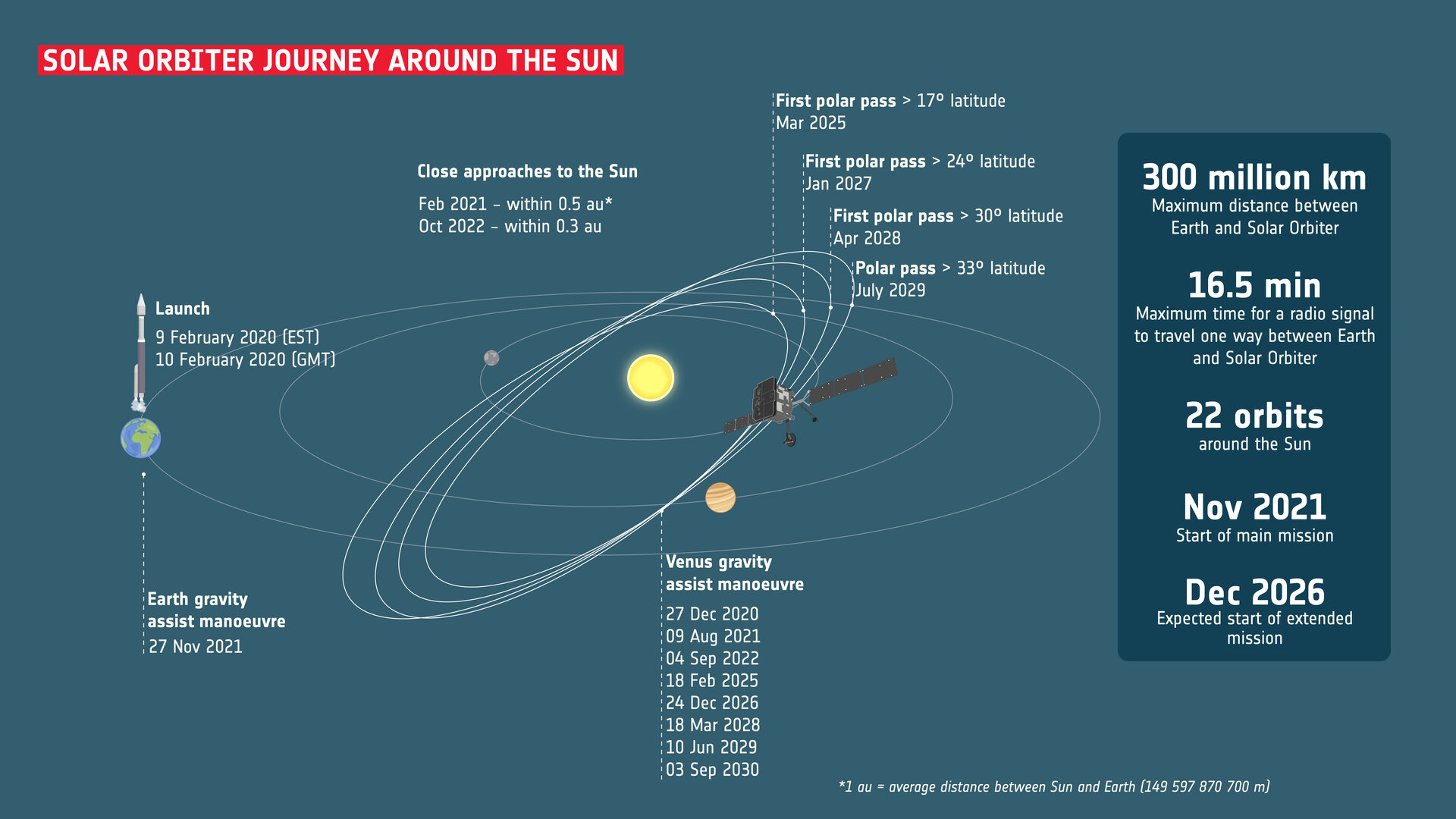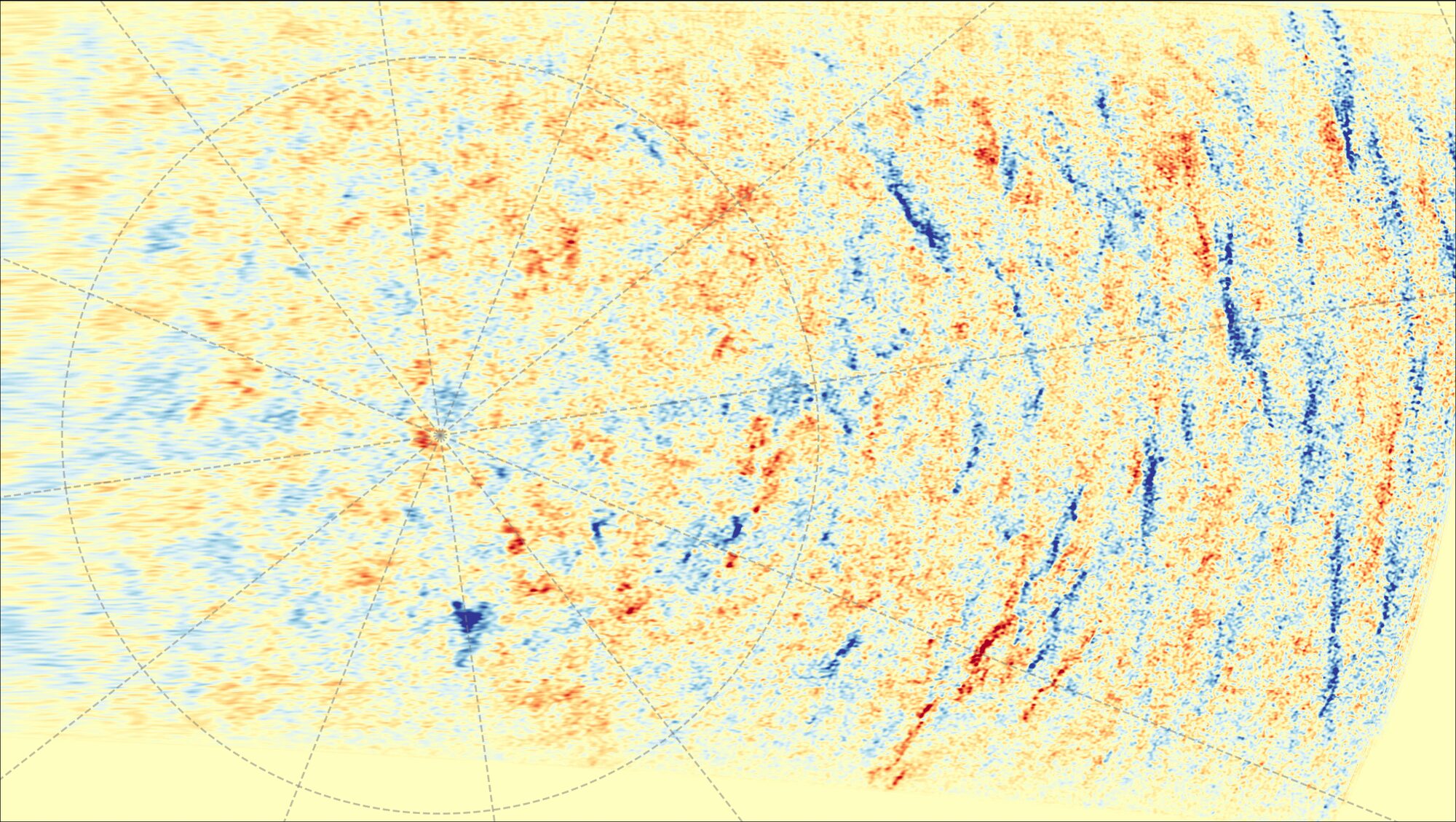It took millions of years of being a species before humans took the first picture of our own Earth’s southernmost point. Now, after less than a century in space, we’ve photographed the Sun’s south pole.
The European Space Agency‘s Solar Orbiter’s images aren’t just groundbreaking. Learning more about our star’s polar regions will help scientists understand and predict the Sun’s effects on Earth.
A composite image of the Sun. The Sun is that big old orange thing that makes vegetables grow and whatnot. Photo: ESA & NASA/Solar Orbiter/EUI
A new point of view
For all human history, we have had only one angle on the Sun. The view was straight on. This is because the planets and their spacecraft rotate around the Sun on a flat circle called the ecliptic plane. Picture a CD playing. Or don’t, I’m not your boss. At any rate, that flat-on angle prevented us from seeing either pole.
Escaping the ecliptic plane takes some doing, by which I mean a lot of very expensive rocket fuel. The Solar Orbiter used Venus’s gravity to help pull it out of the usual equatorial orbit around the Sun. Every time it passes Venus, the planet’s massive gravitational force shoves it out of the ecliptic plane. As it keeps looping around Venus, it gets pushed further and further out of alignment with that plane.
In January 2027, it should come around the Sun again at a more tilted angle, giving us an even better view.

This diagram created by ESA shows the Solar Orbiter’s route. Photo: ESA
Weird magnetic fields at the sun’s south pole
The Sun’s polar regions are pretty busy and chaotic places, it turns out. The ESA’s press release about their findings goes so far as to call the Sun’s magnetic field “a mess.” The Sun’s magnetic north and south poles switch places every 11 years, and it’s a somewhat sloppy process.
During the transition period, called the “Solar Maximum,” the magnetic field becomes a confused tangle, with no clear north or south pole. These magnetic upsets can cause a variety of startling and unpleasant effects on Earth, as seen in the history of solar superstorms. Look forward to power outages, satellite communication breakdowns, and particularly striking auroral displays until the sun settles down again and decides which end is which.
The images and readings from the Solar Orbiter give scientists a better idea of what’s going on with the Sun’s magnetic fields. This, in turn, will allow them to predict future solar activity more accurately. We aren’t there yet, but this is a massive step toward building accurate computer models of solar magnetic behavior.

A view of the Sun’s magnetic fields around the pole, as indicated by blue and red patches. Photo: ESA and NASA/Solar Orbiter






